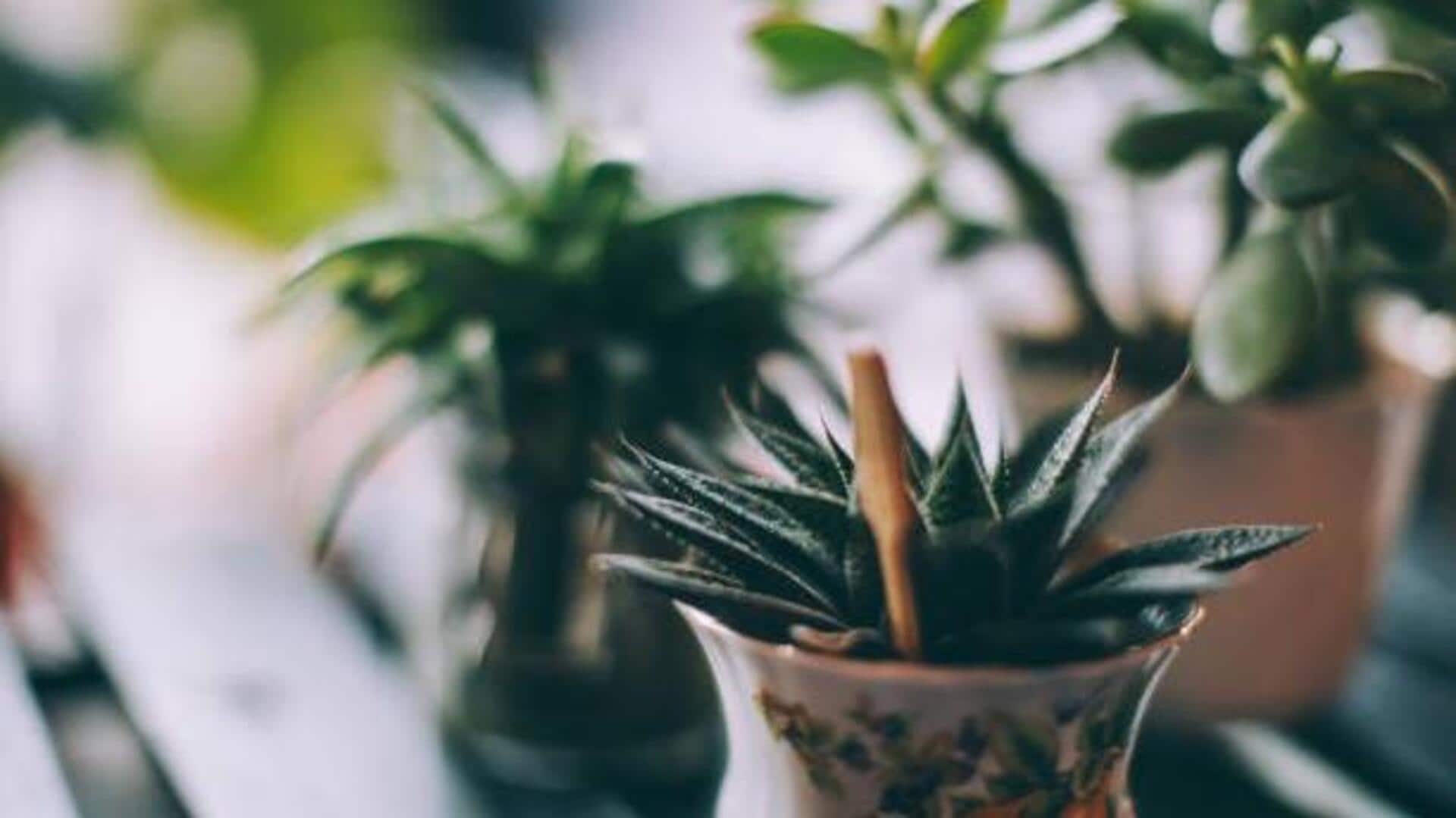
How to care for plants in low-light conditions
What's the story
Caring for plants in low-light conditions can be tricky, but with the right strategies, you can keep your greenery healthy and thriving indoors. Most of us struggle when trying to provide adequate light for our plants, particularly in apartments or homes with limited natural sunlight. However, by knowing the specific needs of low-light plants and employing effective care techniques, you can create a lush indoor garden that flourishes even in dim environments.
Plant selection
Choose the right plants
Picking plants that naturally grow well in low-light is key. Some of the most popular ones include snake plants, pothos, and peace lilies. These species are evolved to grow with limited sunlight and can handle lower light than most other houseplants. Researching plant varieties before buying will ensure you pick the ones that will thrive in your environment specifically.
Water management
Optimize watering practices
Proper watering is critical to keeping your low-light plants healthy. Overwatering is a common mistake that can lead to root rot and other problems. Remember to let the soil dry out between waterings, and tweak the frequency according to seasonal changes. Using pots with drainage holes prevents excess water from collecting at the bottom.
Light supplementation
Use artificial lighting wisely
In settings where natural light is limited, artificial lighting can be a great ally in encouraging plant growth. LED grow lights are energy-efficient alternatives that offer the ideal spectrum of light without making your space too hot. Place these lights near enough to benefit your plants but not so near that the leaves get burnt.
Humidity control
Maintain proper humidity levels
Low humidity levels can also stress indoor plants, especially those that are used to tropical climates. To keep them adequately humidified, you could use a humidifier or keep a tray of water near your plants. Keeping multiple plants together also helps create a microenvironment with higher humidity levels around them.
Rotation technique
Regularly rotate your plants
Rotating your plants regularly ensures they get even exposure to available light sources and promotes balanced growth patterns. This prevents one side of the plant from getting elongated or weak due to uneven lighting conditions. Aim to rotate each plant every few weeks for optimal results.